Home>Others>Specialized Home Improvement Topics>How To Prevent Condensation On Car Windows
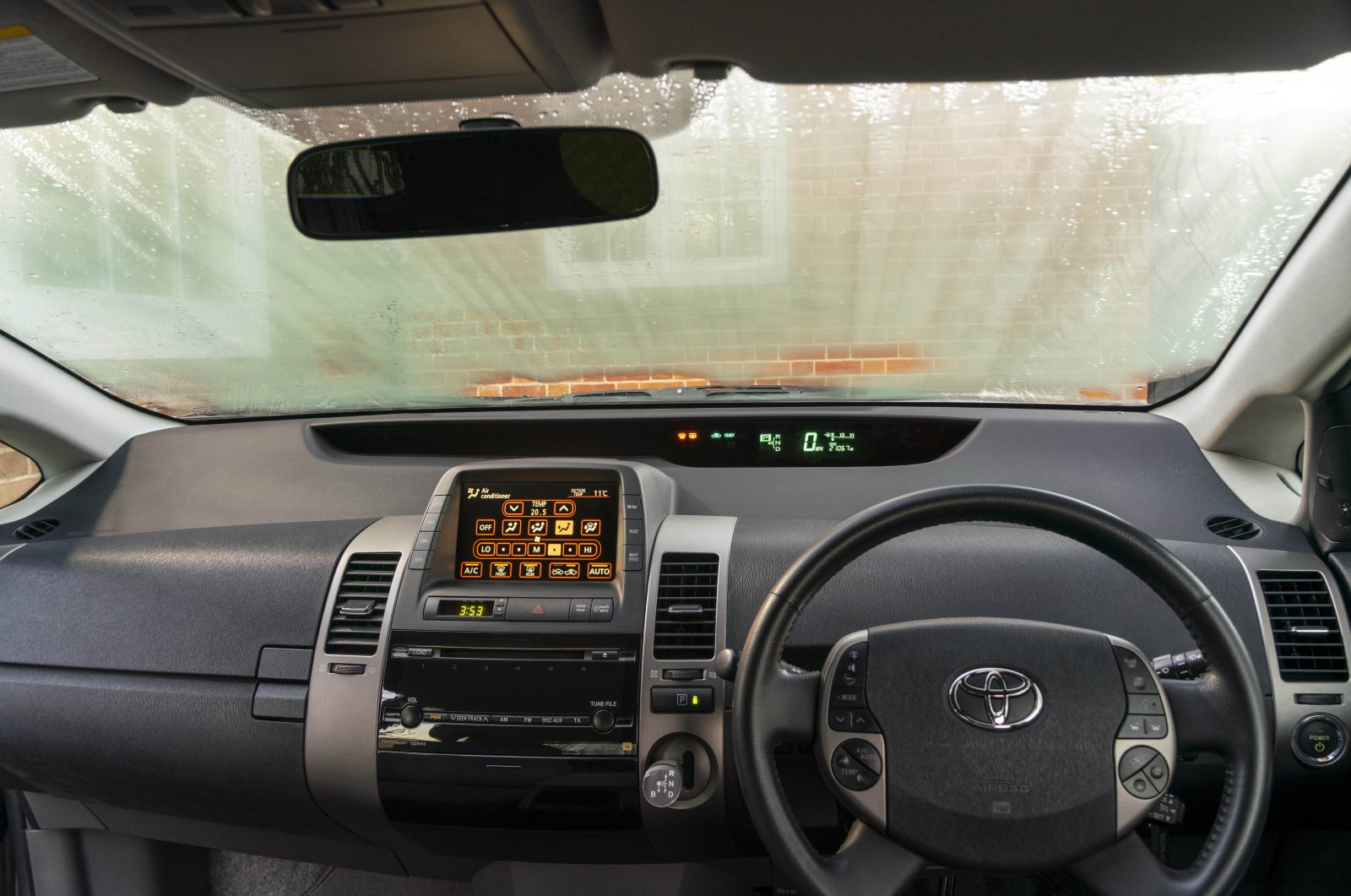

Specialized Home Improvement Topics
How To Prevent Condensation On Car Windows
Modified: August 16, 2024
Learn effective methods to prevent condensation on car windows with specialized home improvement topics. Keep your car windows clear and your visibility high.
(Many of the links in this article redirect to a specific reviewed product. Your purchase of these products through affiliate links helps to generate commission for Storables.com, at no extra cost. Learn more)
Introduction
Condensation on car windows can be a frustrating and persistent issue, especially during the colder months. The sight of foggy, moisture-laden windows not only obstructs visibility but also poses potential safety hazards. Understanding the causes of condensation and implementing effective prevention strategies is key to maintaining clear and safe car windows.
In this comprehensive guide, we will delve into the science behind condensation, explore the specific causes of this phenomenon on car windows, and provide practical tips to help you prevent and manage condensation effectively. By gaining a deeper understanding of the factors at play, you can take proactive measures to keep your car windows clear and maintain optimal visibility, ultimately ensuring a safer and more comfortable driving experience.
Let's embark on this journey to uncover the secrets of preventing condensation on car windows, empowering you to tackle this common issue with confidence and ease.
Key Takeaways:
- Keep car windows clear by using desiccants, defogging techniques, and managing interior moisture sources to prevent condensation. This ensures safe and unobstructed visibility while driving.
- Regularly maintain door seals, insulation, and use anti-fogging products to effectively combat condensation, creating a stress-free and enjoyable driving experience.
Read more: How To Prevent Frost On Car Windows
Understanding Condensation
Condensation is the process by which water vapor in the air transforms into liquid water when it comes into contact with a surface that is at a lower temperature. In the context of car windows, condensation occurs when the warm, moisture-laden air inside the vehicle comes into contact with the cooler surface of the windows. This temperature disparity causes the water vapor to condense into small droplets, creating the familiar foggy or misty appearance on the glass.
It’s important to note that condensation is a natural occurrence and can happen in various environments, including homes, commercial buildings, and, of course, vehicles. While it may seem like a minor inconvenience, condensation on car windows can significantly impair visibility, making driving hazardous, particularly during adverse weather conditions.
Factors such as temperature differentials, humidity levels, and air circulation within the vehicle all play a role in the formation of condensation. By gaining a deeper understanding of these factors, you can effectively mitigate the conditions that contribute to condensation, ultimately maintaining clear and safe car windows.
Now that we’ve established a foundational understanding of condensation, let’s explore the specific causes of this phenomenon on car windows and delve into actionable strategies to prevent its occurrence.
Causes of Condensation on Car Windows
Several factors contribute to the formation of condensation on car windows, ranging from environmental conditions to vehicle-specific elements. Understanding these causes is crucial in devising effective prevention strategies. Here are the primary culprits behind condensation on car windows:
- Differential Temperatures: When the interior of a vehicle is warmer than the outside environment, the car windows, which are in contact with the cooler exterior, become susceptible to condensation. This temperature contrast creates an ideal environment for water vapor to condense on the glass surfaces.
- Humidity Levels: High humidity inside the vehicle, often exacerbated by wet clothing, snow, or rain, can significantly contribute to condensation. The moisture-laden air increases the likelihood of condensation forming on the windows, particularly in conjunction with varying external temperatures.
- Poor Ventilation: Inadequate air circulation within the vehicle can exacerbate condensation issues. Without proper ventilation to expel moist air and introduce drier air, the interior environment becomes conducive to condensation on the windows.
- Interior Moisture Sources: Wet umbrellas, damp clothing, spilled beverages, and even the moisture from occupants’ breath can all contribute to elevated humidity levels inside the vehicle, ultimately leading to condensation on the windows.
- Vehicle Seals and Insulation: In some cases, compromised door seals or ineffective insulation can allow external moisture to infiltrate the vehicle’s interior, further increasing the likelihood of condensation on the windows.
By identifying these underlying causes, you can proactively address the conditions that lead to condensation on car windows. In the following section, we’ll explore actionable tips and strategies to effectively prevent condensation and maintain clear, unobstructed windows in your vehicle.
Use a moisture absorber like silica gel or a dehumidifier in your car to reduce humidity. Keep windows cracked to allow air circulation and avoid parking in shaded, damp areas.
Tips to Prevent Condensation on Car Windows
Preventing condensation on car windows involves a combination of proactive measures aimed at controlling humidity levels, improving air circulation, and managing temperature differentials within the vehicle. By implementing the following tips, you can significantly reduce the likelihood of condensation and maintain clear, unobstructed windows:
- Use Desiccants: Placing desiccants, such as silica gel packets or commercial moisture-absorbing products, inside the vehicle can help mitigate excess moisture, reducing the potential for condensation on the windows.
- Utilize Defogging Techniques: Engage the vehicle’s defogging or defrosting systems to clear condensation from the windows. Running the air conditioning or heating systems while directing airflow to the windows can expedite the evaporation of moisture, restoring clear visibility.
- Keep Windows Cracked: When safe to do so, slightly lowering the windows to allow for improved air circulation can help equalize the interior and exterior temperatures, reducing the likelihood of condensation formation.
- Limit Interior Moisture Sources: Minimize the introduction of excess moisture into the vehicle by drying wet clothing, umbrellas, and other items before placing them inside. Additionally, ensure spills are promptly cleaned, and wet footwear is adequately dried to prevent added humidity.
- Regularly Clean Windows: Keeping the interior surfaces of the windows clean and free from residue can help mitigate condensation. Use a suitable glass cleaner to remove any contaminants that may contribute to moisture retention.
- Check Seals and Insulation: Periodically inspect the vehicle’s door seals and insulation to ensure they effectively prevent external moisture from entering the interior. Address any compromised seals or insulation to minimize the potential for condensation.
- Use Climate Control Systems Wisely: Properly utilize the vehicle’s climate control systems to maintain optimal interior conditions. Balancing temperature and humidity levels can help mitigate condensation on the windows.
- Invest in Anti-Fogging Products: Consider using anti-fogging treatments or products specifically designed to minimize condensation on glass surfaces. These products can provide a protective barrier against moisture buildup.
By integrating these preventive measures into your car maintenance routine, you can effectively manage condensation and ensure clear, unobstructed windows, enhancing safety and driving comfort.
Now that we’ve explored actionable tips to prevent condensation on car windows, let’s conclude our comprehensive guide with a recap of the key insights and the importance of proactive condensation management.
Conclusion
Condensation on car windows is a common and often frustrating issue that can compromise visibility and driving safety. By understanding the science behind condensation and identifying its primary causes, you can implement proactive strategies to prevent and manage this phenomenon effectively.
Key factors contributing to condensation on car windows include temperature differentials, humidity levels, air circulation, and interior moisture sources. By addressing these factors, you can significantly reduce the likelihood of condensation, ultimately maintaining clear and unobstructed windows in your vehicle.
Implementing practical tips such as using desiccants, leveraging defogging techniques, managing interior moisture sources, and optimizing climate control systems can contribute to a more comfortable and safer driving experience. Additionally, regular maintenance of door seals and insulation, as well as the use of anti-fogging products, can further mitigate condensation issues.
By integrating these preventive measures into your car care routine, you can effectively combat condensation, ensuring optimal visibility and driving comfort regardless of external conditions. Clear and unobstructed windows not only enhance safety but also contribute to a more enjoyable and stress-free driving experience.
As you embark on your journey to prevent condensation on car windows, remember that proactive management is key. By staying mindful of humidity levels, interior moisture sources, and temperature differentials, you can maintain a clear and safe driving environment for yourself and your passengers.
With these insights and practical tips at your disposal, you are well-equipped to tackle condensation on car windows with confidence, ensuring that your driving experiences are consistently free from visibility obstructions and safety concerns.
Frequently Asked Questions about How To Prevent Condensation On Car Windows
Was this page helpful?
At Storables.com, we guarantee accurate and reliable information. Our content, validated by Expert Board Contributors, is crafted following stringent Editorial Policies. We're committed to providing you with well-researched, expert-backed insights for all your informational needs.


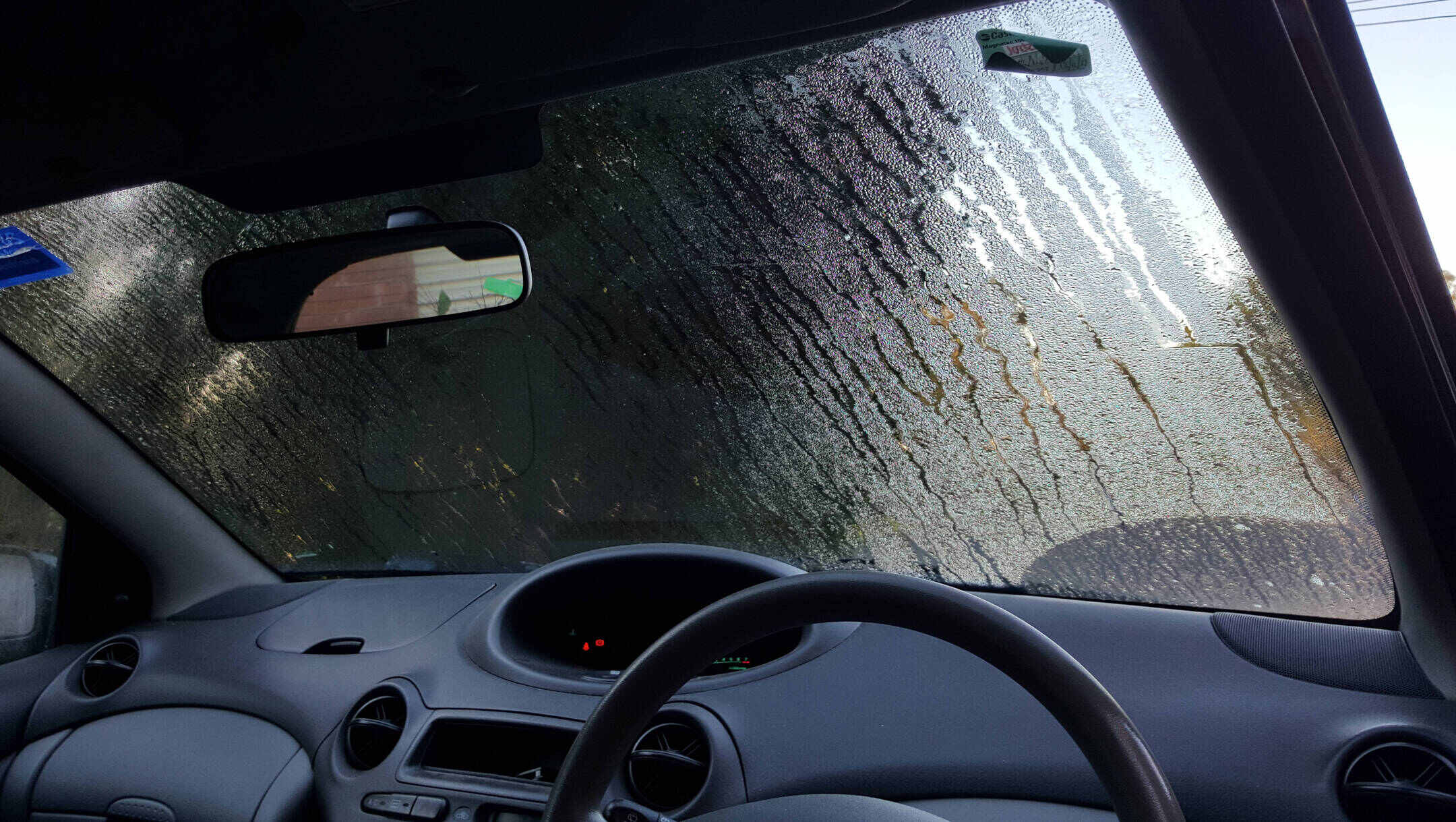
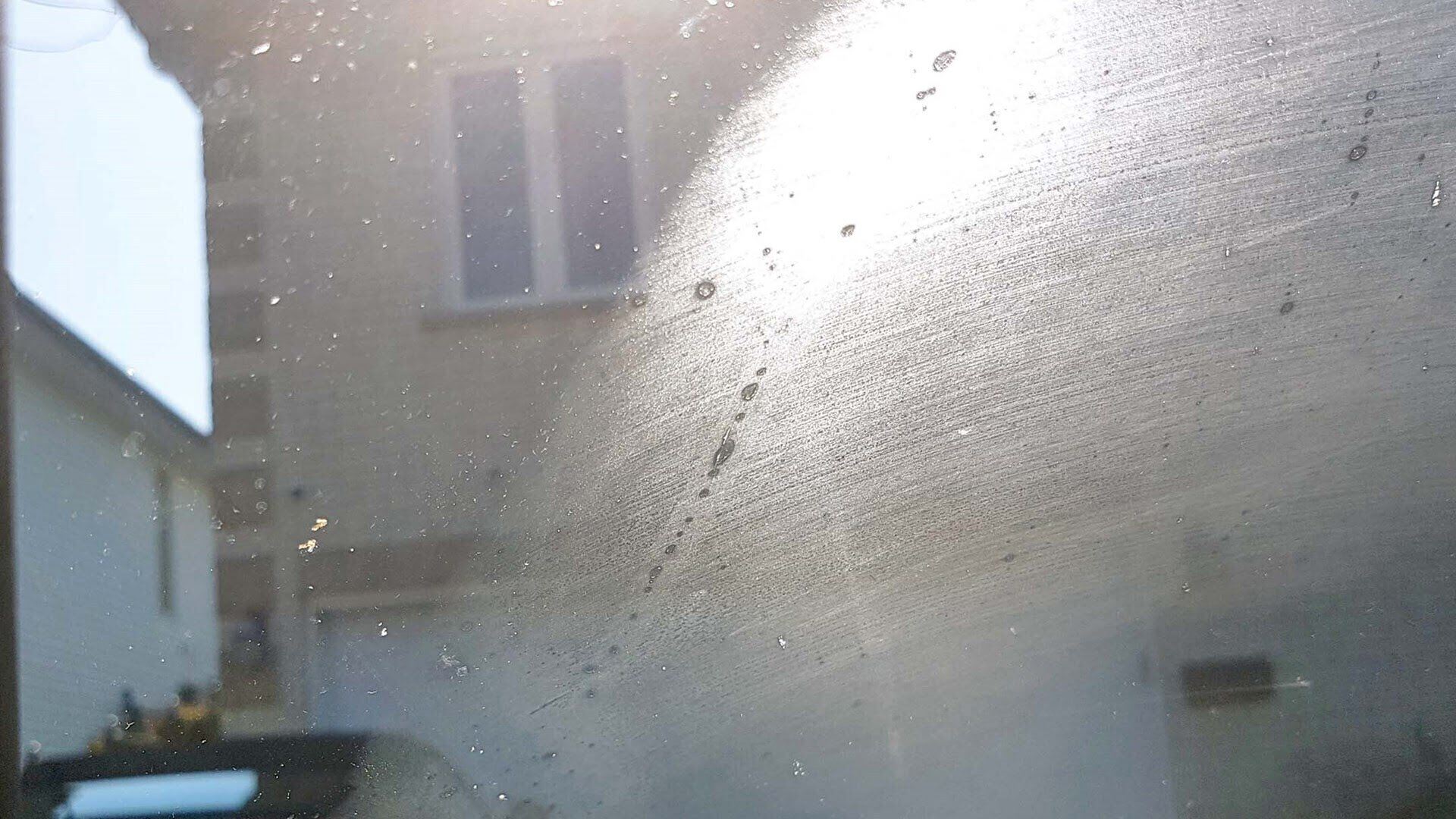
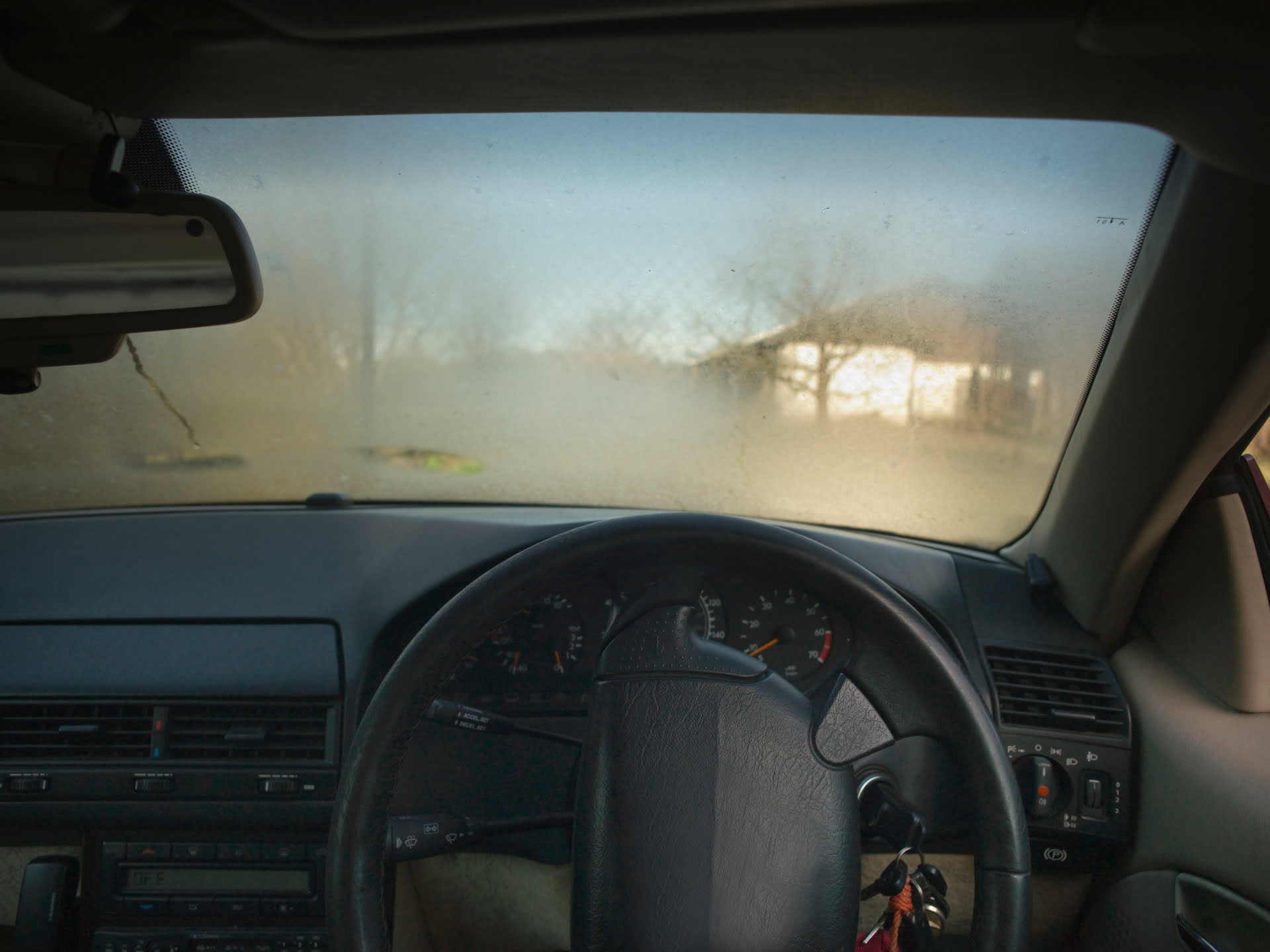


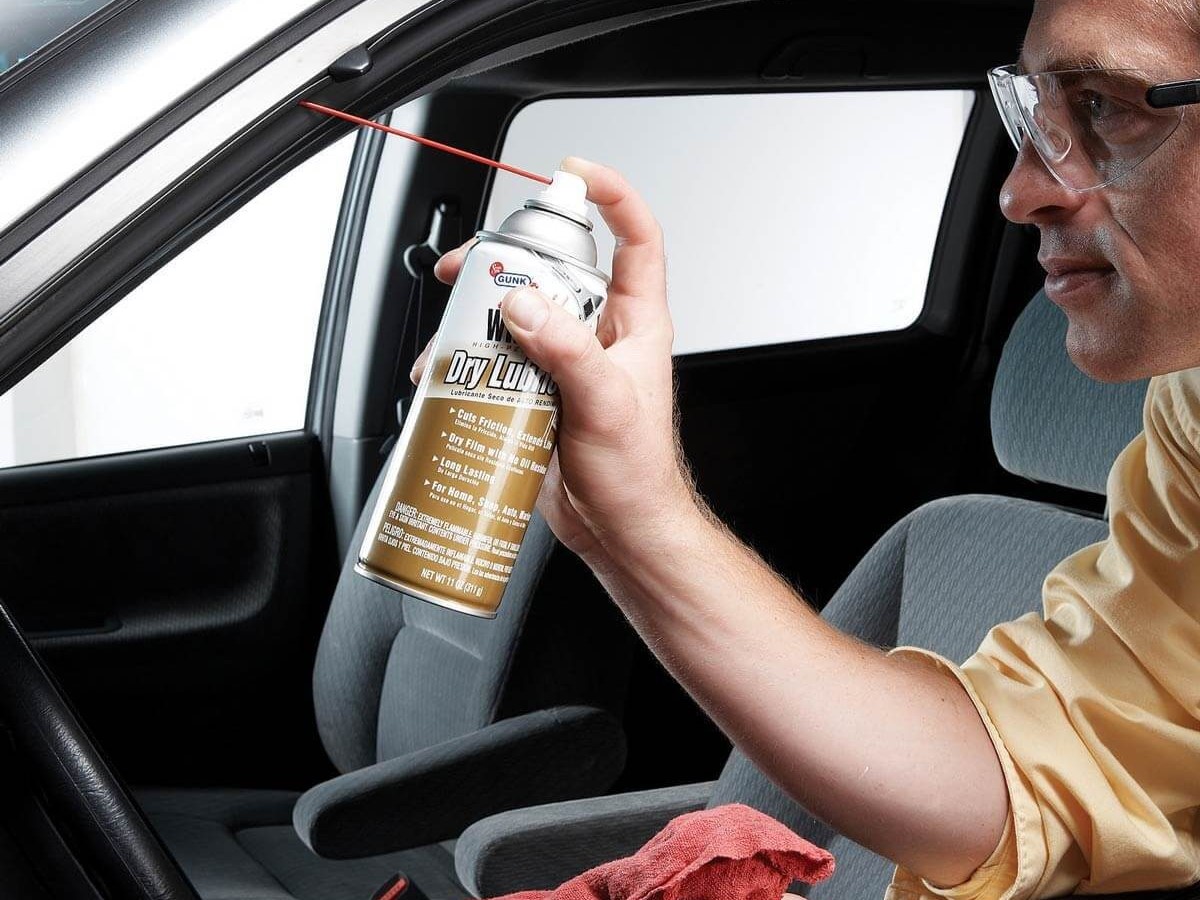


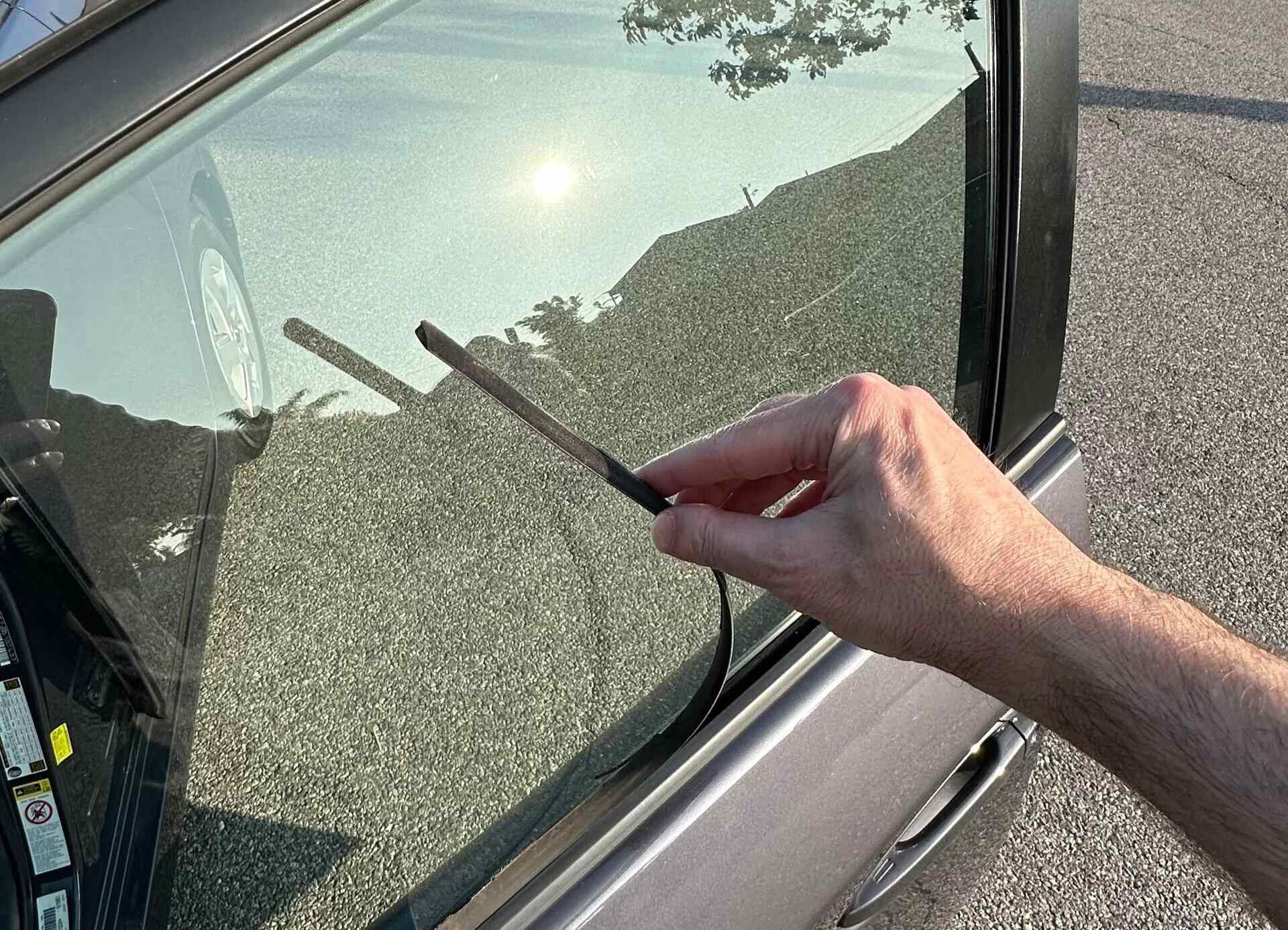


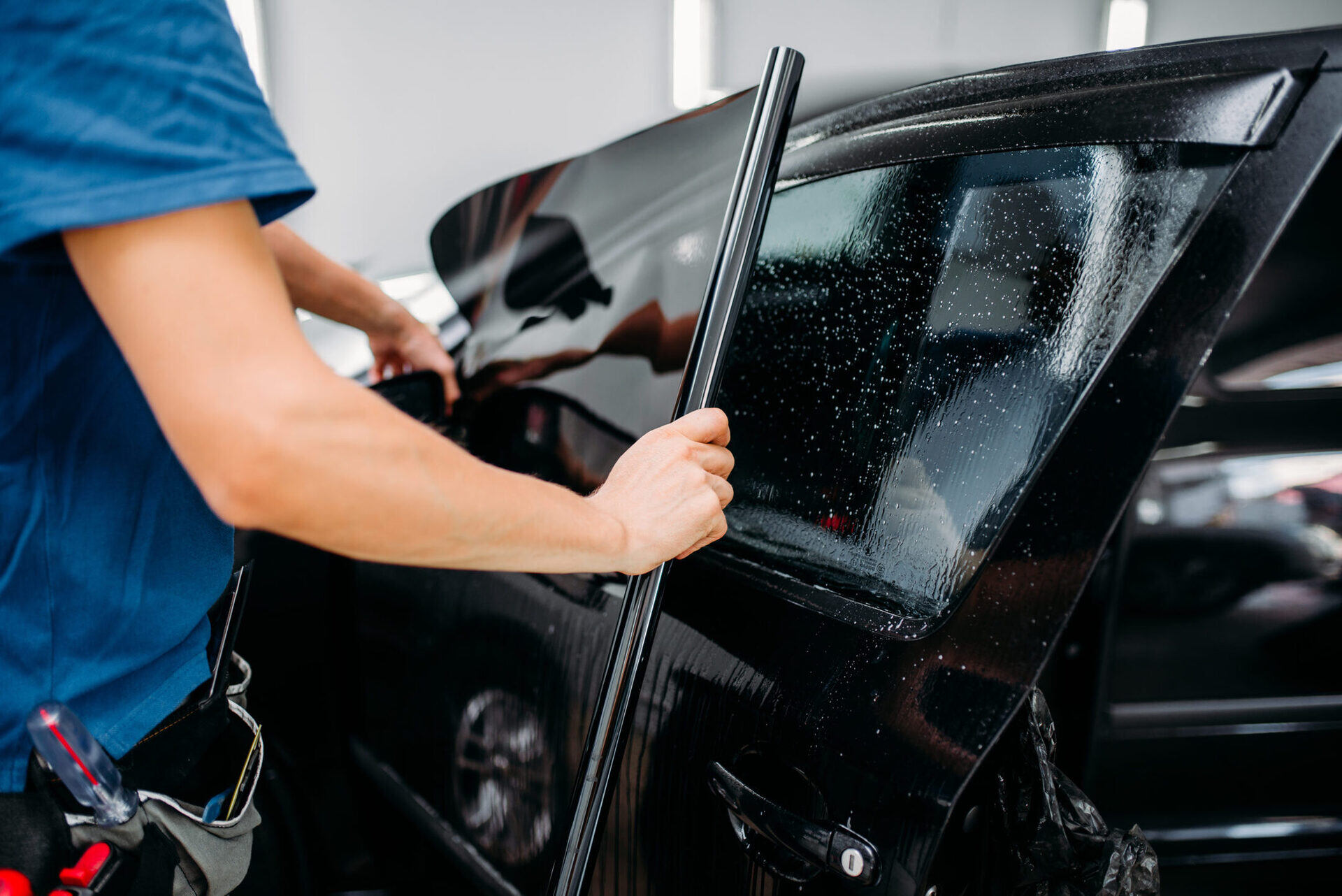


0 thoughts on “How To Prevent Condensation On Car Windows”